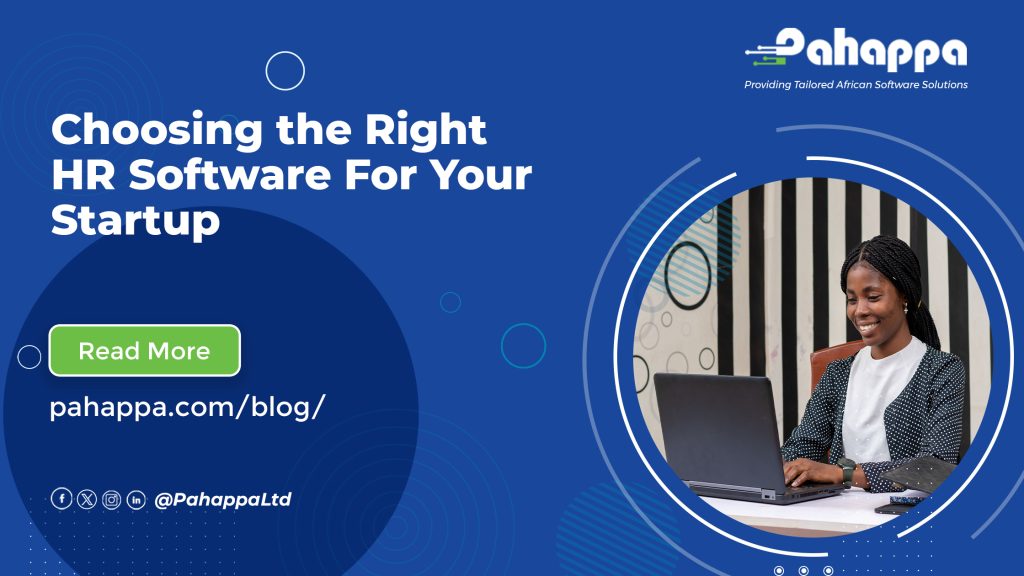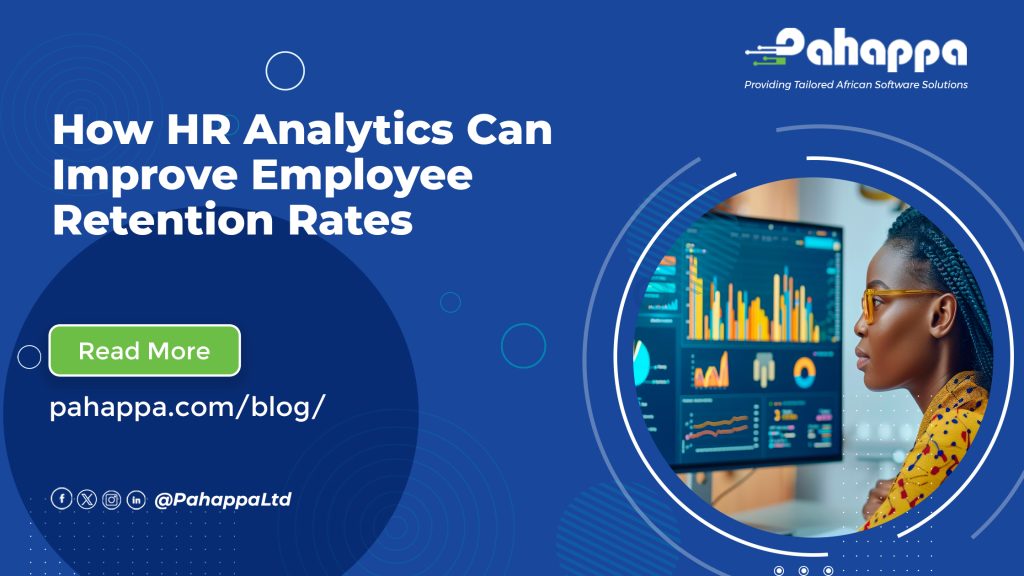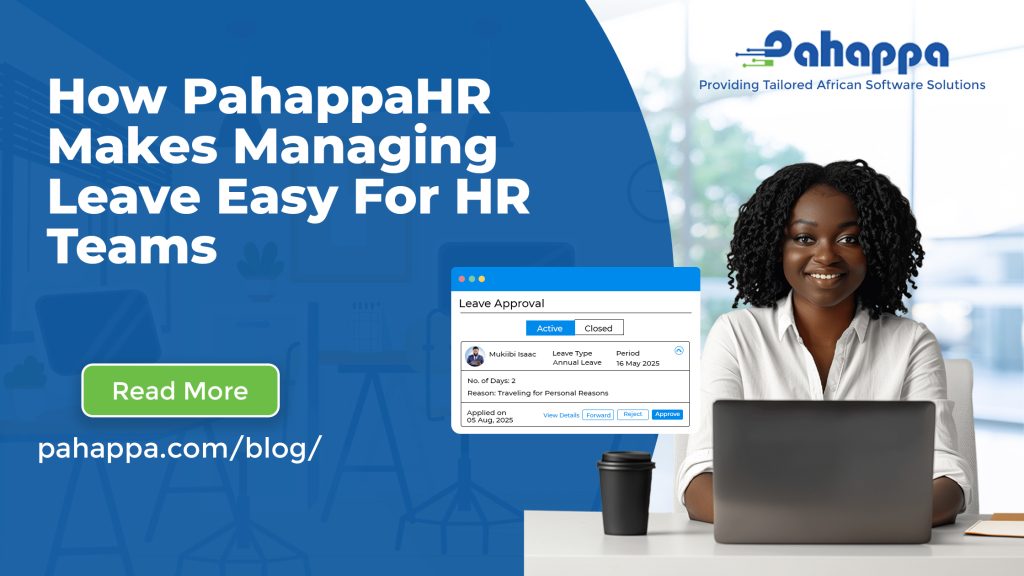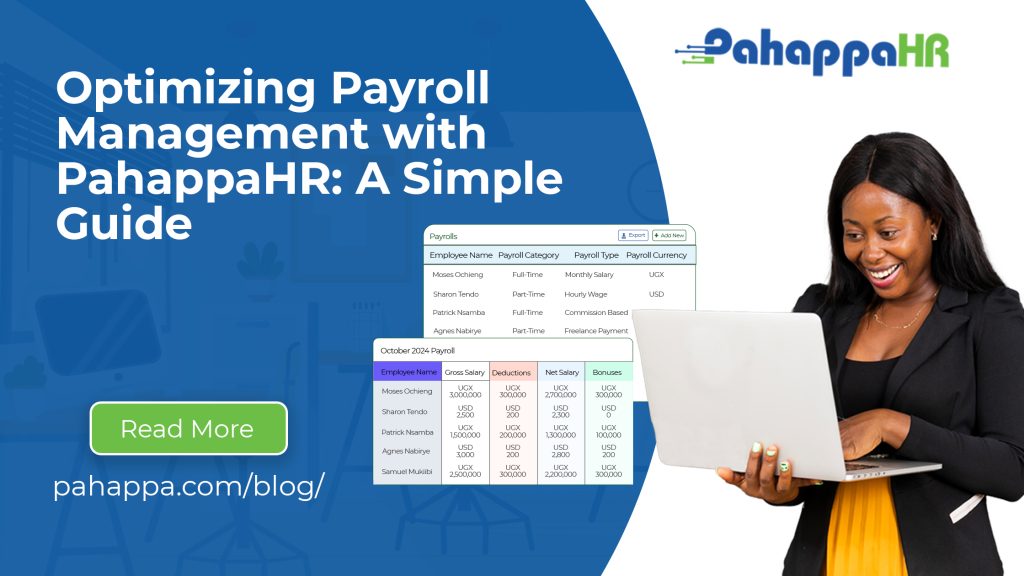Many startups wait to set up HR systems until they grow larger, but this can be a mistake. Delaying these systems can lead to problems like payroll errors, incorrect leave balances, and disorganized onboarding. These issues waste leadership time and frustrate employees. By putting in the right HR system early, you create a strong foundation. This helps you scale effectively without having to redo your processes later.
Why picking the right HR software matters?
- Cuts down on admin work: Instead of getting stuck with spreadsheets and manual approvals, founders and HR leaders can automate tasks. This helps them focus on growing the business.
- Supports company culture from the start: A good system ensures fairness and consistency. It means that leave requests, promotions, and performance reviews depend on clear criteria, not who speaks the loudest. This builds trust among employees.
- Keeps you compliant: Labor laws change quickly. Automated payroll, tax filings, and leave calculations help you stay compliant and avoid legal issues.
- Enhances employee experience: People join startups to make an impact, not deal with bureaucracy. A clear and straightforward HR system gives them confidence in their pay, leave, and chances for growth.
Key HR features every startup should prioritise
Not every HR system is built with startups in mind. Here’s what to focus on:
Core employee database & org chart
This is your main source of employee information. From the start, keep all details including contracts, job titles, contact information, and reporting lines in one place. An accurate org chart helps clarify who is responsible as the team grows.
Payroll & statutory compliance (local)
Payroll is very important. A single mistake can lead to lost trust and fines. For startups in Africa, such as Uganda, it is important to have a system that automates local tax deductions, NSSF and legal requirements not just a one-size-fits-all global payroll.
Leave & attendance management
Startups often overlook the problems caused by not managing leave properly. Using automated leave requests and approval workflows, along with keeping accurate balances, helps prevent issues like resentment (“Why does she get more time off than me?”) and ensures clear capacity planning.
Onboarding & offboarding workflows
First impressions are important. A clear digital onboarding checklist helps new hires feel welcome and ready to be productive from their first day. Similarly, a planned offboarding process protects company assets, ensures knowledge is shared, and maintains good relationships with former employees.
Performance & goals
Even if you are a small company, you need regular check-ins and goal-setting. A simple system for quarterly reviews or OKRs helps everyone focus on company priorities. This way, you can avoid the confusion that often happens in startups.
Reporting & analytics
Data isn’t just useful for investors. HR dashboards can display trends like high absenteeism, areas with high turnover, and payroll costs compared to revenue. This information helps founders make decisions about their employees based on data instead of just their instincts.
Integrations & open API
Startups use many tools like accounting software, Slack, and recruitment platforms. HR software should connect easily to these tools to minimize manual uploads. An open API lets you adapt as your technology changes over time.
Scalability & pricing model
Startups need flexibility. Avoid vendors that charge high fees upfront. A clear per-employee subscription model grows with your team and helps manage your budget.
Security & data protection
Employee data is sensitive. Make sure to look for encryption and role-based access. Have clear policies about who owns your data and who can export it. As you grow, these measures are essential for compliance and building trust.
Support & onboarding assistance
Problems can happen with any software. Having responsive support that works across time zones helps your team avoid wasting hours waiting for answers. For new users of HR systems, good onboarding support helps make the transition easier.
A Simple Evaluation Checklist for Vendor Demos
When comparing vendors, you will hear a lot of sales talk. A scoring checklist helps keep evaluations clear.
Core HR Database: Can we manage employee records without spreadsheets?
Payroll Compliance: Does it handle local deductions and forms correctly?
Leave & Attendance: Is it easy for employees to manage their own requests?
Onboarding Workflows: Are there templates we can customize?
Integrations / API: Can it connect with our accounting, Slack, or ATS?
Reporting & Analytics: Do we get useful insights or just numbers?
Security & Compliance: How do they keep our data safe?
Pricing Fairness: Are there hidden fees for upgrades or support?
Support: How quickly do they respond during the trial?
Conclusion
The HR software you pick today will affect how your startup manages its employees in the future. Start with the essentials: leave management, payroll, performance and onboarding. As your business grows, you can expand from there. Choosing the right software will reduce admin work, minimize mistakes, and strengthen your company culture as you scale. Book a free demo today!
FAQs
Q: Do I need payroll included from day one?
If you are under 10 employees, you might manage payroll manually or via accountants. Beyond that, automated payroll saves errors and time.
Q: Can I switch vendors later?
Yes but switching is costly if your vendor doesn’t allow easy data export. Confirm this upfront.
Q: Which integrations matter most for startups?
Focus on accounting software (QuickBooks, Xero), collaboration tools (Slack, Google Workspace), and any recruitment platforms you use.





